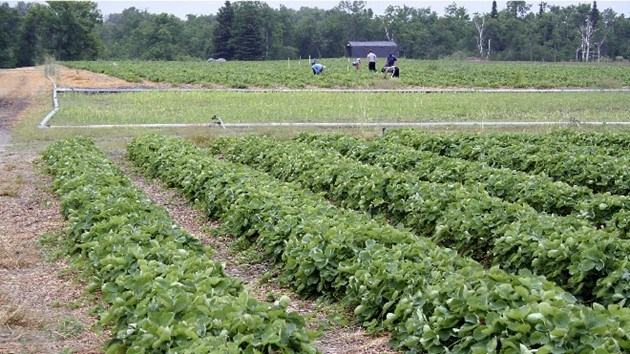The province is telling Greater Sudbury 'no' when it comes to Official Plan changes that would allow more homes to be built on rural lands.
The issue is a common one at Tom Davies Square. Residents who own land zoned rural often arrive at planning committee meetings seeking to split their lots so they can sell them, or to allow family members to build homes nearby.
Current rules only allow parcels of rural land that don't border a lake or other water body to be split into three new sections. No further residential lots can be created beyond that limit.
Some councillors have tried in the past to expand the limit, including in 2010 when planning committee approved a motion from Ward 4 Coun. Evelyn Dutrisac to expand the limit to six lots. While approved at planning, it was defeated at city council, pending the review of the city's Official Plan.
Three years later, councillors directed planning staff to add the change to the Official Plan review, despite staff objections that it runs counter to provincial planning practices.
“People in Greater Sudbury are different than people in North Bay, than people in Sault Ste. Marie, in Timmins, in Barrie, in Toronto,” Dutrisac said at the 2013 meeting. “Why would we not have a choice? We don't live in a communist country. We live in a democratic country.”
The lot limit is part of provincial rules, which all cities in Ontario must follow. The main reasons for the restrictions is to prevent urban sprawl, which makes infrastructure too expensive to maintain, and to fight climate change.
Communities in Greater Sudbury largely evolved without such planning rules, and it's a big reason why the city's 160,000 residents are spread out over an area about the size of southern Ontario. Having so few taxpayers trying to pay for roads, sewer and other infrastructure spread out over a large land mass is a major reason why the infrastructure deficit in the city is in the billions of dollars.
Sparsely populated land also hampers the viability of city transit, and contributes to greenhouse gases since because people have to drive relatively long distances to go to work or access shopping and other services.
More recently, city council has attempted to ignore the rules, approving applications requests beyond the legal limit, only to have the province take them to court.
In rejecting the changes, the province said Greater Sudbury currently has about 475 rural lots available for development, while demand for such lots is dropping and is expected to be just 360 between now and 2046. The change proposed by the city would have increased the number of potential lots to 4,700.
In rejecting the change, however, the province did set rules for when city council could approve splitting the lots into more than three parcels.
It will be allowed if the city can produce a report showing: the decision is consistent with the Official Plan and provincial planning rules; that the change is required to accommodate demand for rural lots; that the new home will not require new services; and a technical study showing the decision won't have a negative impact.
And no more than 360 new lots can be created between now and 2046.
The report goes to the planning committee meeting on Jan. 14.
